By Sarhind Times Bureau | New Delhi | October 15, 2025
Introduction: The Air Turns ‘Poor’—NCR Goes Into Response Mode
As Delhi’s air slipped decisively into the ‘poor’ category on Tuesday night, the capital and its surrounding NCR districts shifted into Stage-1 of the Graded Response Action Plan (GRAP).
Live tickers from local newsrooms and international agencies chronicled the unfolding transition—mapping real-time AQI data, government advisories, and enforcement orders across Delhi, Gurugram, Noida, and Ghaziabad.
By midnight, The Indian Express’ live Delhi desk and international wire services like Reuters and AFP had confirmed the official activation of 27 Stage-1 preventive actions, marking the start of the season’s first formal anti-pollution response.
The combined narrative—visible on dashboards, mobile alerts, and television crawlers—painted a clear picture: NCR’s annual battle for breathable air has begun.
The Trigger: AQI Crosses 200 Mark Across Key Zones
According to the Central Pollution Control Board (CPCB), Delhi’s 24-hour average Air Quality Index (AQI) reached 211, placing it firmly in the “poor” band.
Areas such as Anand Vihar, Dwarka Sector-8, Jahangirpuri, and RK Puram recorded readings between 215–245, while peripheral NCR zones like Noida and Gurugram hovered near 200.
The Commission for Air Quality Management (CAQM) invoked Stage-1 of GRAP—a legally binding protocol that activates pre-emptive curbs designed to prevent further deterioration.
“The system is data-driven and anticipatory,” said a senior CAQM official. “Once the rolling average crosses the threshold, action is mandatory, not optional.”
The Measures: What Stage-1 of GRAP Means for Delhi-NCR
The Stage-1 alert, titled “Poor Air Quality”, mandates a detailed checklist of 27 civic and industrial interventions, aimed primarily at dust, construction, and vehicular emissions.
⚙️ Key Stage-1 Measures Include:
- Ban on open waste burning across NCR districts.
- Mechanised road sweeping on key arterial stretches.
- Water sprinkling to suppress road dust.
- Dust-control at construction sites, including mandatory enclosure of debris and washing of trucks before exit.
- Deployment of anti-smog guns at large infrastructure projects.
- Vigilance drives against visibly polluting vehicles.
- Discouragement of open burning of biomass and leaves by RWAs.
- Promotion of public transport and staggered office timings.
The Delhi government also reactivated its Green War Room, equipped with real-time monitoring tools to flag violations and route citizen complaints to enforcement teams.
“We are at the early-warning stage,” said Gopal Rai, Delhi’s Environment Minister. “Timely compliance now can prevent escalation to Stage-2 or ‘very poor’ levels later.”
The Data Story: Tracking the Decline
AQI trackers across multiple outlets displayed a steady slide through Tuesday evening, beginning with a 187 reading at noon and breaching the 200 mark post-sunset.
By 11:45 p.m., wind speeds had dropped below 4 km/h, triggering pollutant accumulation.
Meteorological inputs suggest a temperature inversion layer forming near 250–300 meters, effectively trapping particulates close to the ground—a recurring winter phenomenon in northern India.
The SAFAR (System of Air Quality and Weather Forecasting and Research) model predicted that, without intervention, AQI levels could worsen to ‘very poor’ (300+) within 10 days, coinciding with Diwali preparations and farm-fire smoke inflows.
Media Coverage: NCR Live Feeds and International Attention
Tuesday night saw synchronised coverage across Indian and international platforms:
- The Indian Express hosted a “Delhi Live AQI Tracker”, combining CPCB data and civic updates.
- NDTV carried hourly visuals of road sprinkling and smog guns in action.
- Reuters and AFP dispatched short updates contextualising India’s air crisis for global readers.
International audiences were briefed on how India’s capital region—home to over 30 million people—has institutionalised an early-warning mechanism that automatically triggers layered restrictions.
“The world watches Delhi each October not for politics, but for pollution,” quipped a senior environment correspondent. “It has become a barometer of urban resilience.”
Civic Response: RWAs and Resident Campaigns
Local Resident Welfare Associations (RWAs), particularly in Dwarka, East Delhi, and Gurugram, have begun awareness campaigns urging citizens to:
- Avoid open waste burning.
- Minimise car use on weekends.
- Maintain clean housing perimeters to reduce dust resuspension.
Some RWAs have introduced “community cleaning shifts”—voluntary drives that align with civic timelines for dust control.
Market associations, anticipating festive footfall, are coordinating with municipal teams for daily water sprinkling and waste segregation.
“It’s not enough to blame others; we must act locally,” said RWA President Savita Sethi from Mayur Vihar. “Every lane cleaned is one less dust source.”
Health Advisory: Citizens Cautioned Against Outdoor Exposure
Public health experts and pulmonologists have reiterated that even ‘poor’ air levels (AQI 200–300) can aggravate respiratory conditions and affect children, elderly citizens, and pregnant women.
Doctors at AIIMS and Fortis Healthcare recommend:
- Avoiding outdoor exercise during early morning and late evening.
- Using N95 masks for outdoor errands.
- Installing air purifiers in bedrooms and workspaces.
- Staying hydrated and maintaining indoor ventilation.
“Don’t wait for smog to look visible,” cautioned Dr. Arvind Kumar, founder of the Lung Care Foundation. “Invisible pollution is already toxic.”
Technology and Enforcement: Data as a Weapon
The Delhi Pollution Control Committee (DPCC) and NCR municipalities have deployed an array of real-time sensors across 250+ locations.
Each sensor transmits particulate data (PM2.5 and PM10) to a central dashboard at the Green War Room, enabling micro-targeted action.
In addition, drones are being used to detect illegal construction dust and open burning zones in peri-urban belts such as Bawana, Ghazipur, and Faridabad fringes.
“Data has become Delhi’s new pollution weapon,” said Anumita Roychowdhury of the Centre for Science and Environment (CSE). “We can now pinpoint violators within minutes.”
Festival Season Risk: The Double Whammy Ahead
Officials and environmentalists warn that the next 10–15 days will be critical, as crop residue burning in Punjab and Haryana increases and Diwali fireworks approach.
Even modest rises in fire counts—combined with low wind dispersion—could spike pollution beyond Stage-2 thresholds.
The Indian Agricultural Research Institute (IARI) recorded over 550 stubble-burning incidents between September 15 and October 14, mostly in UP and Punjab.
Though lower than last year, the smoke corridor remains active.
“If preventive measures hold now, we can flatten the pollution curve before peak winter,” said Dr. Gufran Beig, founder of SAFAR.
Government Coordination: NCR as a Single Airshed
For the first time, NCR’s response teams in Delhi, Haryana, Rajasthan, and Uttar Pradesh are working on a shared GRAP command framework, ensuring synchronised enforcement.
- Noida Authority has intensified night patrols for debris disposal.
- Gurugram Municipal Corporation has sealed five construction sites for non-compliance.
- Faridabad is deploying water tankers twice daily in high-dust corridors.
“Pollution does not respect administrative borders,” noted CAQM Chairperson Dr. MM Kutty. “Our coordination is no longer symbolic—it’s operational.”
International Lens: Global Media Tracks India’s Air Challenge
Global outlets including The Guardian, CNN, and Bloomberg Green highlighted India’s use of data-driven environmental governance.
Comparisons were drawn between Delhi’s GRAP model and Beijing’s “Blue Sky Plan”, noting how India’s decentralized enforcement balances democracy with urgency.
“India is learning to manage pollution as a governance system, not just a seasonal event,” said Michael Kugelman, South Asia analyst at the Wilson Center.
Citizen Technology: The Rise of AQI Apps and Public Dashboards
Digital platforms like SAFAR, CPCB’s Sameer app, and IIT Kanpur’s Real-time AQI map saw a 300% surge in traffic overnight as citizens tracked local readings.
Social media timelines filled with real-time screenshots—turning air data into a public conversation.
“Air pollution is now a civic metric, like rainfall,” said Dr. Prashant Gautam, data scientist. “The more visible it becomes, the stronger the accountability.”
Public Sentiment: Between Frustration and Resolve
Despite annual recurrence, public reaction this year reflects greater awareness and fatigue.
Some citizens see GRAP as reactive bureaucracy, while others acknowledge its necessity.
“We clean our balconies, they clean roads—it’s the same fight,” said Rashmi Mehra, a Delhi school teacher. “We all breathe the same air.”
The government’s challenge lies not in policy design, but in consistent, street-level enforcement—especially against small-scale construction violations and idling vehicles.
Expert Insight: Why Early Intervention Matters
Environmental scientists argue that Delhi’s proactive Stage-1 activation, though mild, is crucial for long-term control.
Every day of early dust suppression prevents compounding particulates during peak smog months (November–January).
“Preventive action is more effective than post-crisis lockdowns,” said Dr. Aruna Chaudhary, atmospheric scientist at TERI. “Stage-1 is the foundation of all subsequent stages.”
She adds that emission mapping, sensor calibration, and citizen compliance form the “three pillars” of air-quality governance.
Conclusion: The Battle for Breath Begins
As live updates continue across media and dashboards, Delhi-NCR’s entry into GRAP Stage-1 marks both a warning and an opportunity.
The warning—that unchecked habits will again turn the capital grey.
The opportunity—that timely, collective action can still reclaim the winter sky.
This week’s coordinated effort—by agencies, RWAs, and citizens—will set the tone for the rest of the season.
If NCR can hold its line through October, it may avoid the grim cycle of “very poor” and “severe” headlines that have long defined its winters.
For now, the fight for clean air is live, data-backed, and everyone’s responsibility.
#NCR #AQI #GRAP #CleanAir #CivicAction #Environment #DelhiPollution #PublicHealth #SarhindTimes
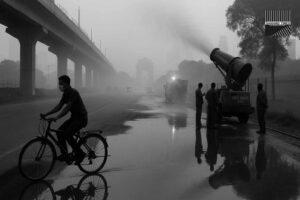





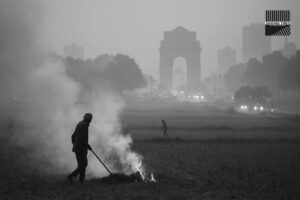




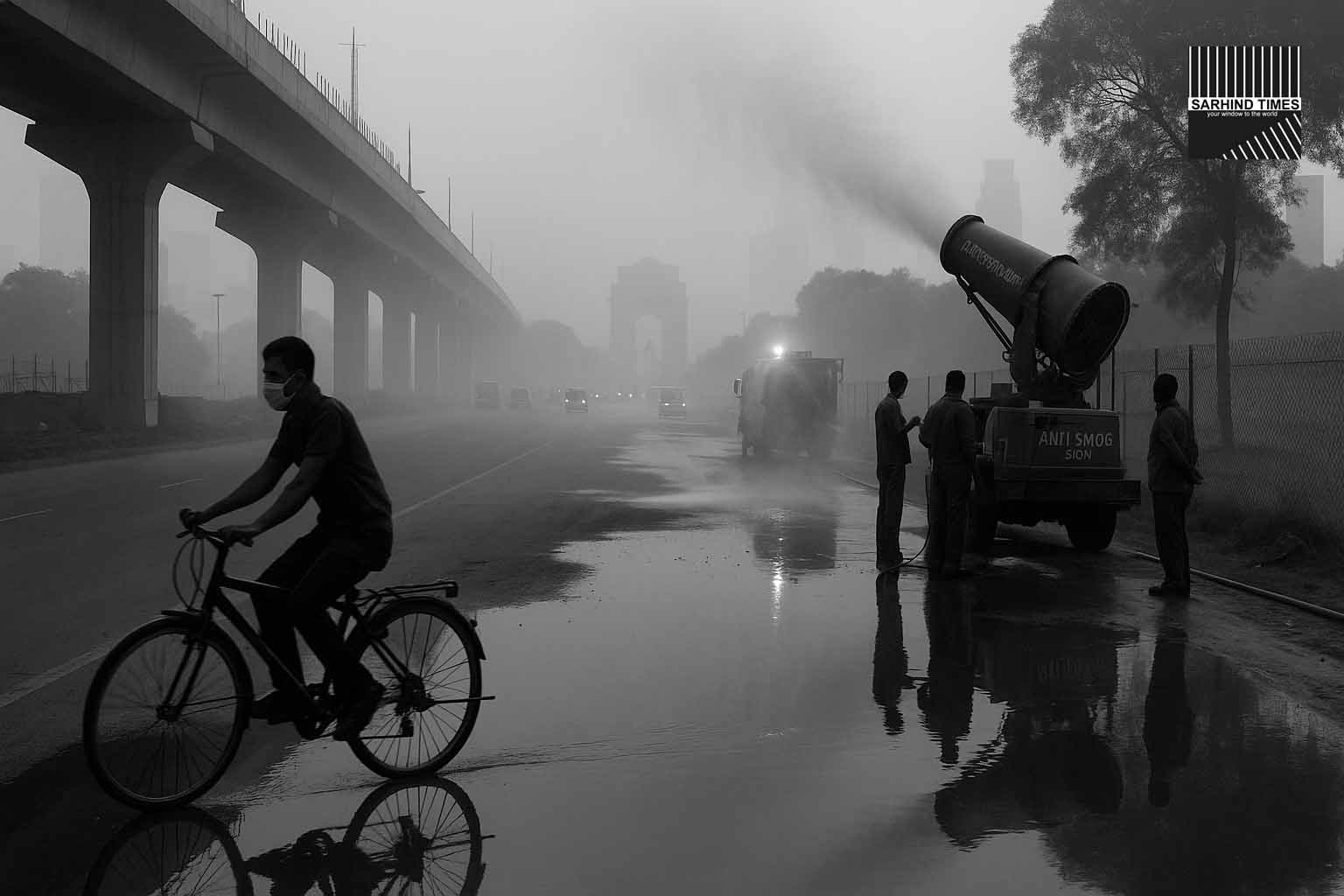
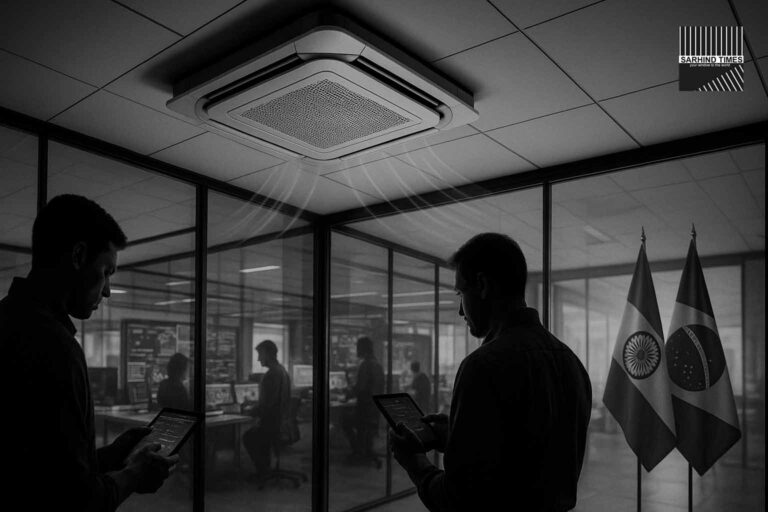


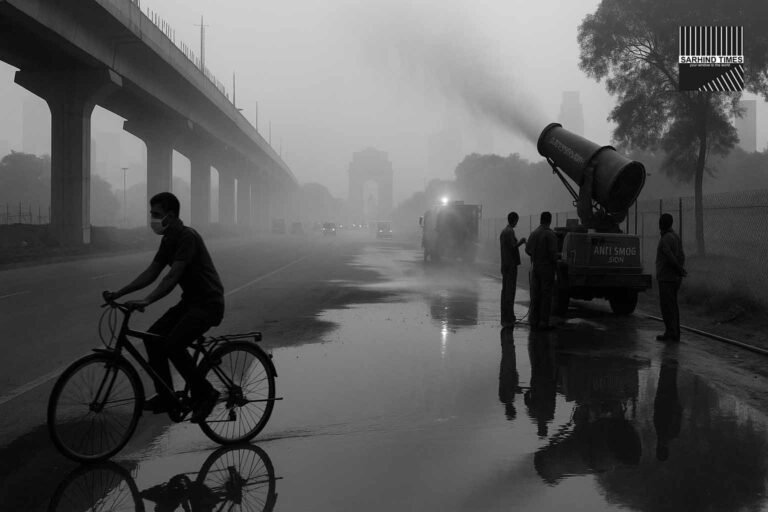
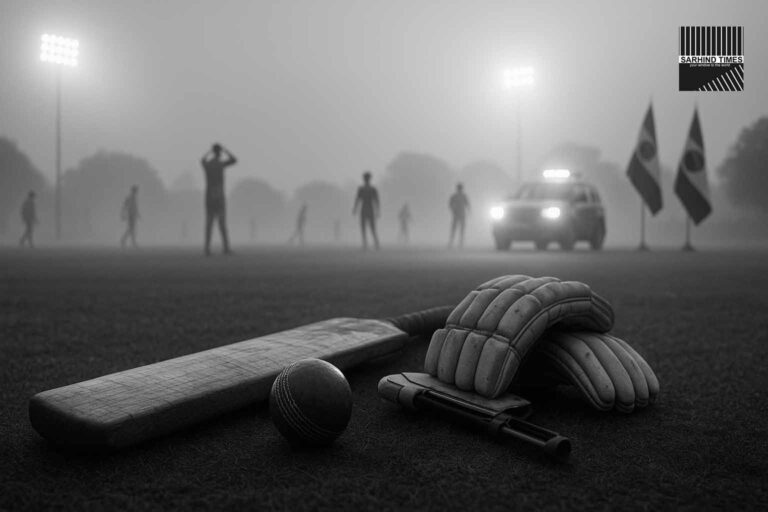

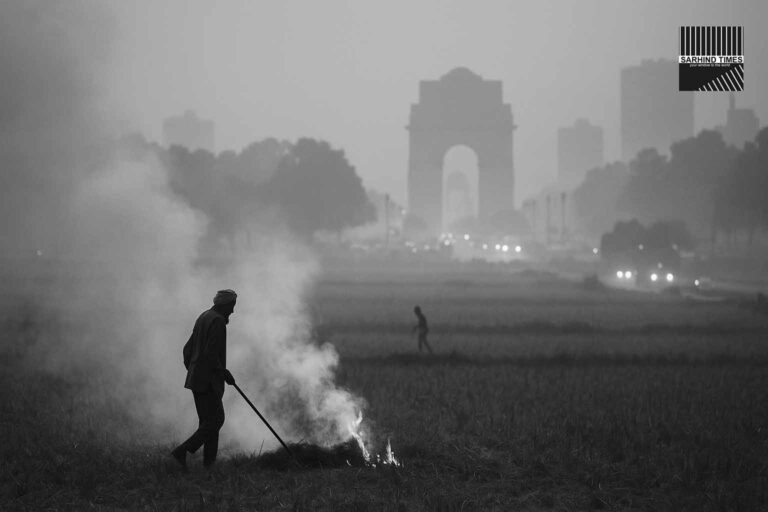
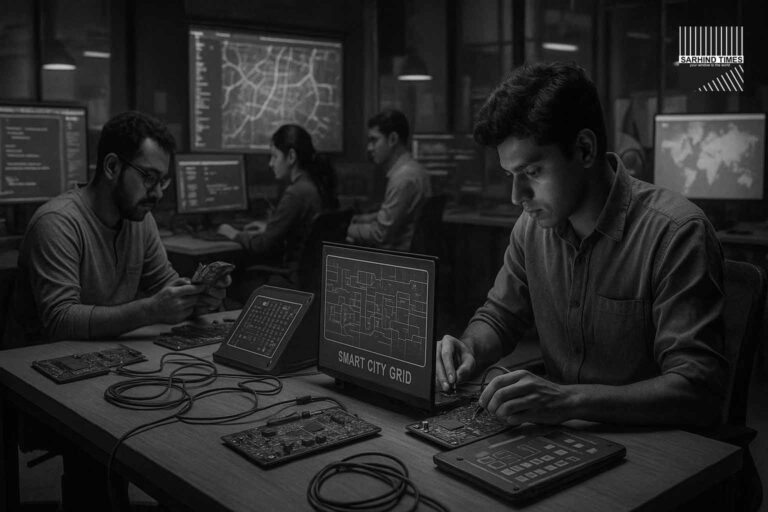
+ There are no comments
Add yours